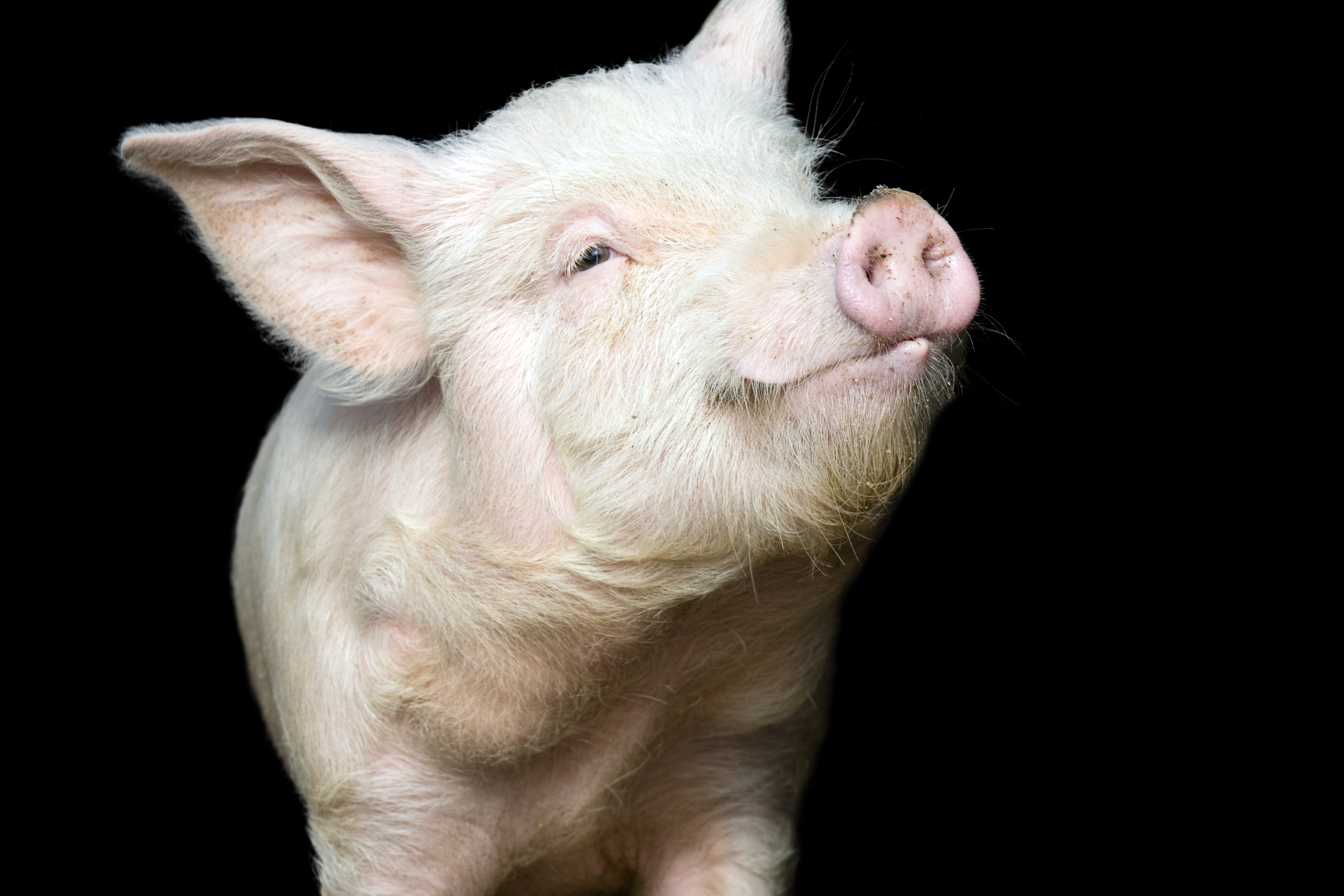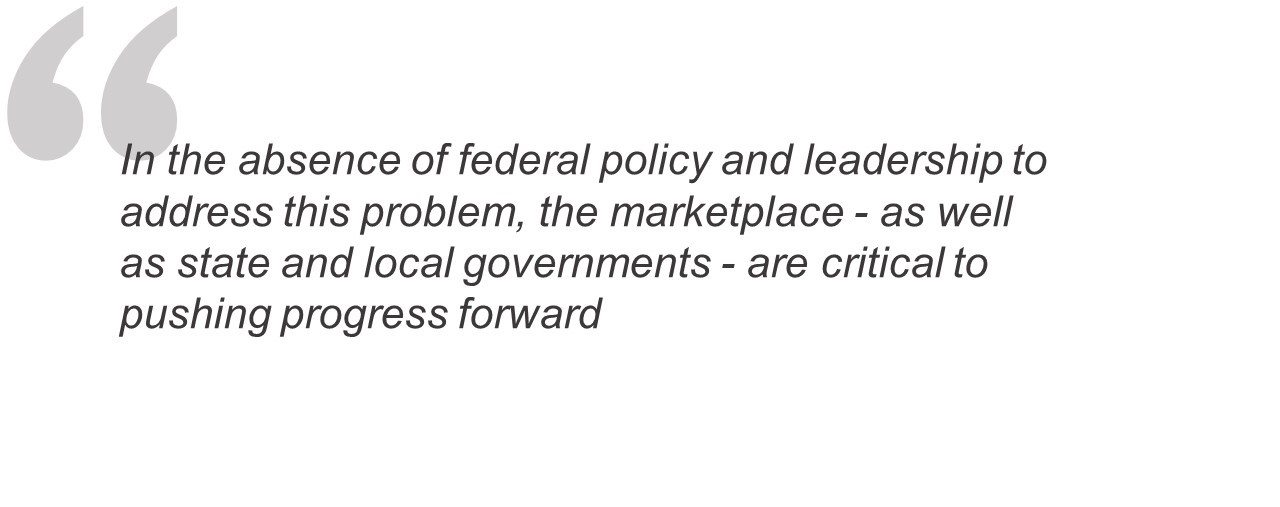



US antibiotics sales for pork rival those for people, yet diseases in herds are rising
Roughly the same amount of medically important antibiotics is sold for use in pigs as for use in treating sick people in the US - yet many diseases in herds are on the rise, according to a new report out today from the Natural Resources Defense CouncilThis indicates that the widespread practice of feeding human antibiotics to pigs that are not sick in hopes of preventing disease is not working.
The world’s leading public health experts have long warned that overusing antibiotics undercuts their effectiveness at treating infections in people and animals.

“We’re squandering the miracles of modern medicine on pigs that aren’t sick - and for what?” said Dr David Wallinga, MD, a physician and Senior Health Officer at NRDC. “The drugs aren’t working to prevent disease the way producers hope - and if we keep wasting them, they won’t work when sick people need them either. Consumers are demanding responsibly raised meat - the companies that heed their call will have the market advantage and will help save lives in the process.”
The full report is here: Better Bacon Wanted: Why It’s High Time the US Pork Industry Stopped Pigging Out on Antibiotics. Key findings include:
Antibiotic sales for pigs are equal to those for people: Roughly 27.1 percent of medically important antibiotics are sold for pork production, compared to 27.6 percent sold for treating humans.
Excessive antibiotics use is not making pigs healthier: Despite heavy use of antibiotics on animals that are not sick, many diseases - including E. coli-caused infections, pneumonia, and meningitis - are much more prevalent in pig herds today than they were in 2000. Overuse does not appear to work to prevent illnesses, as the industry claims.
The US is an outlier compared to other major pork-producing countries: The US pork industry uses seven times more medically important drugs per kilogram of pig produced than leading global exporters like Denmark and Netherlands, which produce pigs at a similar industrial scale.
The drug classes approved for routine use in pigs include those needed to treat human infections such as pneumonia, Lyme disease, chlamydia, MRSA, urinary tract infections, whooping cough and severe salmonella. They also include antibiotics used for treating gram negative infections, which are responsible for rising numbers of deaths in U.S. hospitals. Strains of the bacteria that causes these infections are becoming so resistant to antibiotics that they are dangerously close to becoming untreatable.

Drug-resistant bacteria can spread from animals to people via meat, delivery trucks, farmworkers, air, water and soil. Testing from the National Antimicrobial Resistance Monitoring System (NARMS) reveals very concerning levels of drug-resistance in bacteria found on grocery store pork chops, as well as in pigs at slaughterhouses, in recent years. Studies show that people living in close proximity to hog farms and fields treated with pig manure are at particularly high risk of exposure to drug-resistant bacteria.
In the absence of federal policy and leadership to address this problem, the marketplace - as well as state and local governments - are critical to pushing progress forward. While the US chicken industry is increasingly addressing the problem, the pork industry has made very little progress. With so many antibiotics going to pigs, this industry could play a critical role in preserving the effectiveness of these drugs.
Other countries are demonstrating that pork production without routine antibiotics use is scalable and profitable. Denmark and the Netherlands have profitable, growing, export-oriented pig industries - and they’ve also cut antibiotics use in pig production by 27 percent and 57 percent respectively in just under a decade.
Background
Each year more than 2 million Americans suffer infections from bacteria that cannot be treated by one or more antibiotics - and at least 23,000 die. Leading health authorities, including the Centers for Disease Control and Prevention (CDC) and the World Health Organization (WHO), warn that overuse of antibiotics in livestock is a key contributor.
More than 70 percent of medically important antibiotics in the United States are sold for use on animals raised for food production, not people. About 95 percent of those drugs are routinely distributed en masse in feed or water - often to animals that are not sick to speed up growth and help animals survive crowded and unsanitary conditions on industrial farms.
Leading medical experts warn that we must stop overuse of antibiotics in human medicine and animal agriculture, or else the life-saving drugs we rely on to treat common infections and enable medical procedures will increasingly stop working.
The Natural Resources Defense Council (NRDC) is an international nonprofit environmental organization with more than 3 million members and online activists. Since 1970, our lawyers, scientists, and other environmental specialists have worked to protect the world's natural resources, public health, and the environment. NRDC has offices in New York City, Washington, D.C., Los Angeles, San Francisco, Chicago, Bozeman, MT, and Beijing. Visit us at our website and follow us on Twitter @NRDC.
As reported by the NRDC







